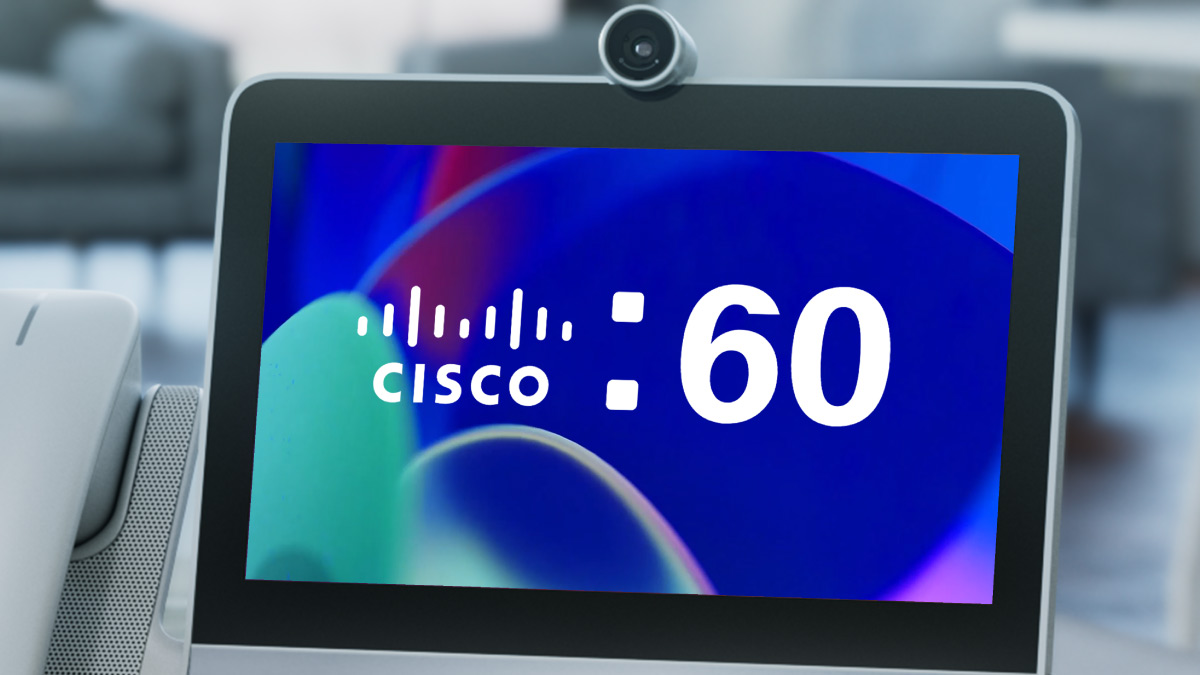As younger generations begin to enter the workforce, we may see drastic changes in the way we work. Particularly, collaboration will become a key factor. And in many cases today, it already is.
Students at universities are using video conferencing and collaboration solutions to learn more effectively, augmenting traditional libraries and lecture halls into virtual rooms. Indiana University recently released a new study that showed remote attendance through collaboration tools cut absenteeism by 50 percent and increased student satisfaction. With the option to attend in-person or online, students can receive a more modern and flexible class experience.
At Montana State University's Gallatin College, IT director and professor Ronda Black uses a Cisco Webex Board to help students communicate inside and outside of the classroom.
“What I really appreciate about the Webex Board is the ability to give us an onscreen display of what we’re going over in class,” says IT student Matt Kalthoff. In addition to pausing presentations and annotating over them, the students can communicate with their peers over Webex Teams.
Students at the University of North Carolina in Pembroke are also using Cisco collaboration tools to interact with professors and peers in an easy way. The single collaboration platform breaks down any barriers and helps the group to interact more like a community. Because the school is also in a rural area where students travel long distances for class, Webex helps the students feel present even if they aren’t physically there. Graduate student Jessica Edney, who lives five hours away from campus, hops onto a virtual team room for classes in the evening.
"Being able to be present, in a sense, in the classroom on live-class evenings is wonderful," says Edney.
More than ever, it’s necessary for businesses to adopt a similar sense of digital transformation. IDC reports that millennials will make up 50 percent of the workforce in the Asia-Pacific region by 2020. And Gen Z isn’t very far behind them. Millennials are the generation of people born between 1981 and 1996, while the Gen Z population was born between 1997 and 2012. These young, usually tech-savvy individuals are bringing digital transformation into the workplace. IDC’s Simon Piff says that businesses must keep up with new technologies in order to attract and maintain the incoming workforce.
“There’s a lot of technologies in the market that organizations are struggling to make the most of: Artificial intelligence, robotics, augmented and virtual reality, blockchain,” says Piff, “Millennials are the first group of true digital natives…Whereas the people running the businesses tend to be of an older generation…They’re a little bit more challenged to embrace technology the same way as millennials are.”
It’s crucial to stay ahead of the curve. To learn more about implementing collaboration solutions for your business, click here.
###
The contents or opinions in this feature are independent and may not necessarily represent the views of Cisco. They are offered in an effort to encourage continuing conversations on a broad range of innovative technology subjects. We welcome your comments and engagement.
We welcome the re-use, republication, and distribution of "The Network" content. Please credit us with the following information: Used with the permission of http://thenetwork.cisco.com/.




